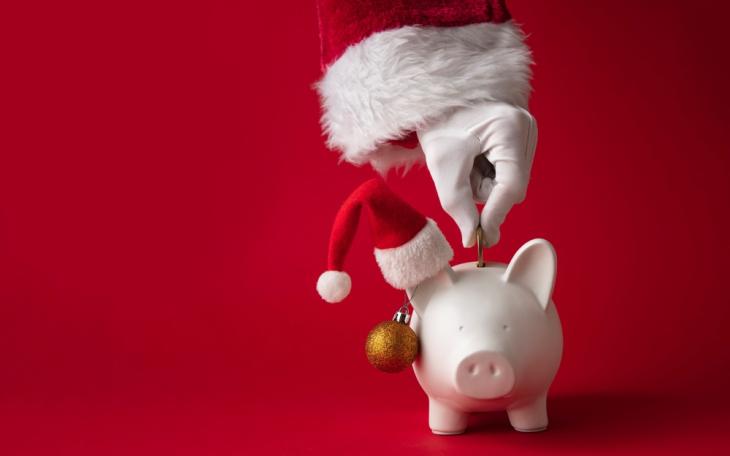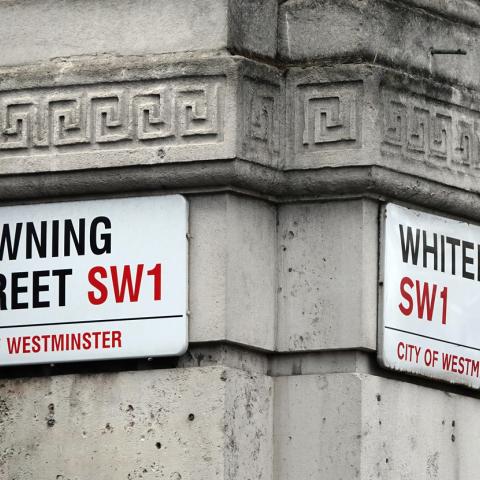Here’s hoping for a Santa Claus Rally

Despite a frenzied year of volatility, public market indices have managed to deliver positive returns year to date on both sides of the pond. Nonetheless, as we approach the end of the calendar year with uncertainty at an all-time high, investors will be hoping for markets to deliver their own dose of festive cheer through what is known as the “Santa Claus Rally.”
The Santa Claus Rally is a stock market phenomenon, which describes the increased likelihood for the market to rally in the seven-day trading period between Christmas Eve and the second day of January. There is a convincing track record in December to support this theory. However, there are many months of the year which investors view as “bullish” or “bearish” and attribute other names such as the “January Effect”, “Sell in May and Go Away” and the “October Effect”. So, which of these can be characterised as myth and which as market reality?
The Santa Claus Rally was coined in the 1970s by a stock market analyst, who noticed a pattern in December impacting markets globally. Data shows that the Santa Claus Rally has yielded positive returns in 34 of the past 45 holiday seasons since 1969.[1] In the UK, between 1985 and 2015, the FTSE made a gain of over 2% on average during December. While these figures highlight the validity of a Christmas rally, the reasoning behind its existence is less clear. Disputed explanations include investor optimism, institutional investor holidays, higher retail investor participation and investors buying ahead of the January Effect – the expectation for stocks to rise during January.
Sell in May and Go Away is a market hypothesis linked to the historical underperformance of stocks between May and October, encouraging investors to be more bearish. Nevertheless, since 2013, those who subscribed to this theory would have lost out on positive returns. The October Effect is another market phenomenon that views October as the month of market crashes. Several famous collapses have occurred during this time, such as Black Monday (1987) and The Great Crash (1929). However, like Sell in May and Go Away, the data does not support this theory, as September has had more down markets than October on average. These patterns can therefore be referred to as calendar anomalies instead of credible market theories.
Overall, there is evidence to support the concept of a Santa Claus Rally, however, whether it takes place in the lead up to 2022 is still highly debatable. Many other variables are already in play, including central bank policy, valuations and more increasingly, the spread of the Omicron variant and potential restrictions. Whilst there is good precedent in the market, it is nearly impossible to predict future rises and falls, and so only time will tell if we end the year with a Santa Claus Rally.
[1] The Stock Trader’s Almanac, 2016









